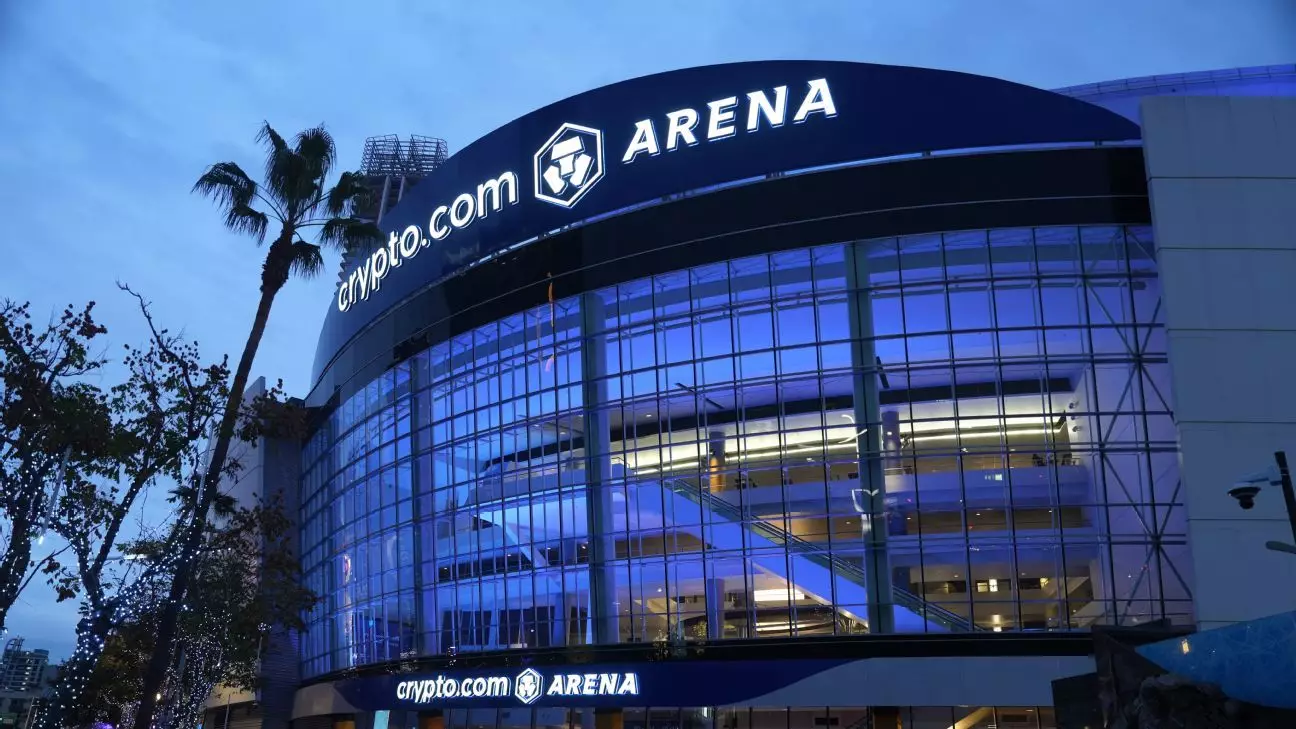When it comes to professional sports, the concept of “home advantage” plays a crucial role in determining the outcomes of games. The benefits encompass not only the emotional support from local fans but also practical aspects like the familiarity with the playing surface. This phenomenon often compels teams to battle fiercely during the regular season to secure the privilege of hosting playoff games on their home turf. An intriguing aspect of this dynamic is the presence of multiple professional sports teams operating out of the same venue, which can create a unique blend of loyalty and competition.
Shared stadiums or arenas represent a convergence of sports culture in a given city, providing an opportunity for fans to engage with a variety of athletic experiences. In cities where multiple teams coexist, there’s a palpable energy that can amplify the home advantage. Picture the excitement in a vibrant metropolitan area where fans celebrate not just one, but multiple teams aspiring toward championship glory. For instance, venues like the American Airlines Center in Dallas, where the NBA’s Mavericks and the NHL’s Stars share the space, become a hub of convergence for sports enthusiasts.
Moreover, the shared experience fosters a sense of community among fans from different sports backgrounds. During basketball and hockey seasons, the venue shifts to accommodate the needs of both teams, showcasing a fascinating adaptability that underscores the versatility of these arenas. The spatial arrangement and environmental factors are carefully calibrated, ensuring a competitive edge for the home teams while creating unforgettable moments for the fans.
The benefits extend beyond just fan support to encompass various logistical advantages. Home teams are well-acquainted with the unique characteristics of their facilities, whether it’s understanding the idiosyncrasies of the playing surface or the acoustics of the arena. This intimate knowledge can often be the deciding factor in tightly contested games.
Additionally, cities that host multiple teams often invest significantly in the infrastructure surrounding their sports venues. Enhanced transportation options, local business partnerships, and advanced facilities contribute to a fan-friendly environment that ultimately benefits the home team. By targeting these aspects, municipal governments can foster a vibrant sports culture that not only enhances the competitive balance for home teams but also boosts local economies through increased tourism and sales.
The dynamics of shared venues create an intricate balance for both teams and fans. While supporters rally together, fostering camaraderie among different sports cultures, teams must consistently rise to the occasion to defend their home turf. The interplay between local pride, infrastructural investments, and game-day experiences builds a compelling narrative for each franchise aiming for success. As playoff seasons approach, the stakes become even higher, and home advantage could prove to be the decisive factor that separates champions from the rest. Whether it’s a basketball game or a hockey match, one thing remains clear: the power of the home crowd is irreplaceable and essential in the quest for victory.

